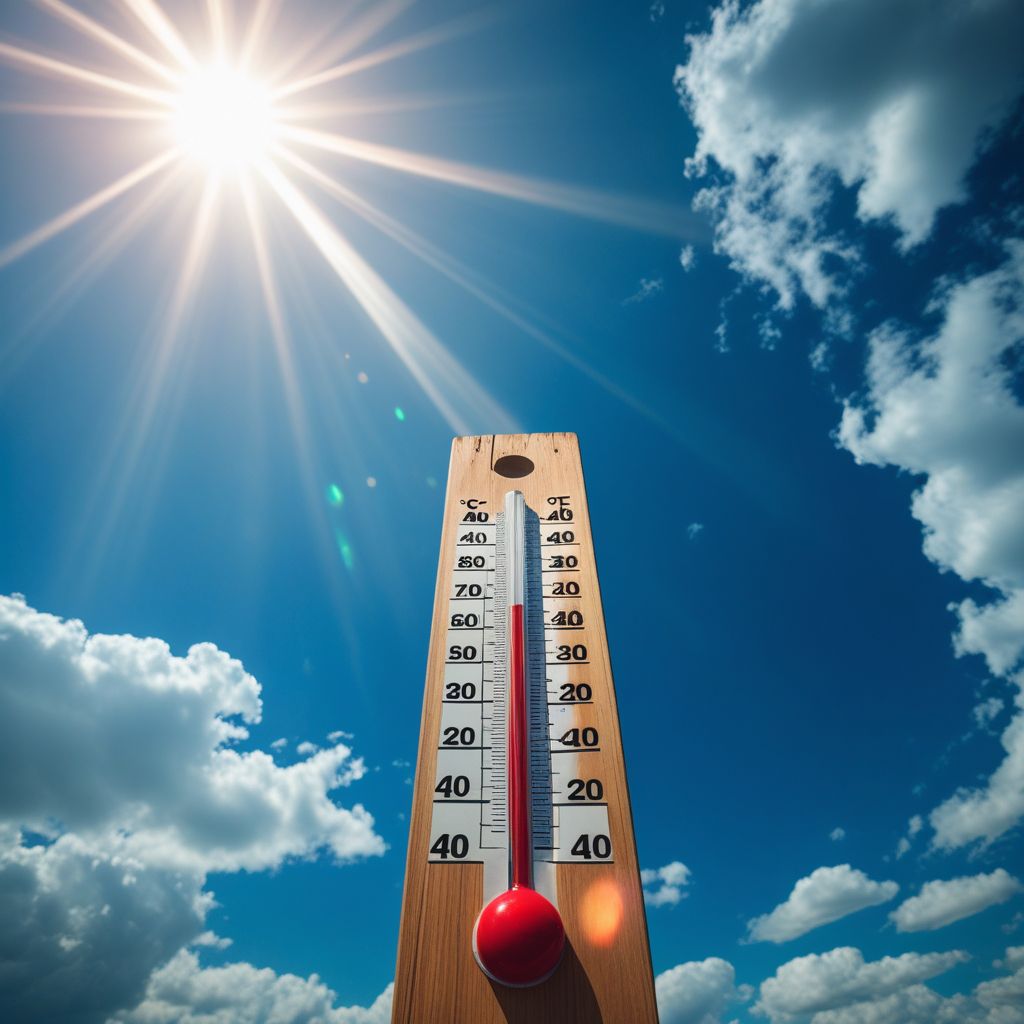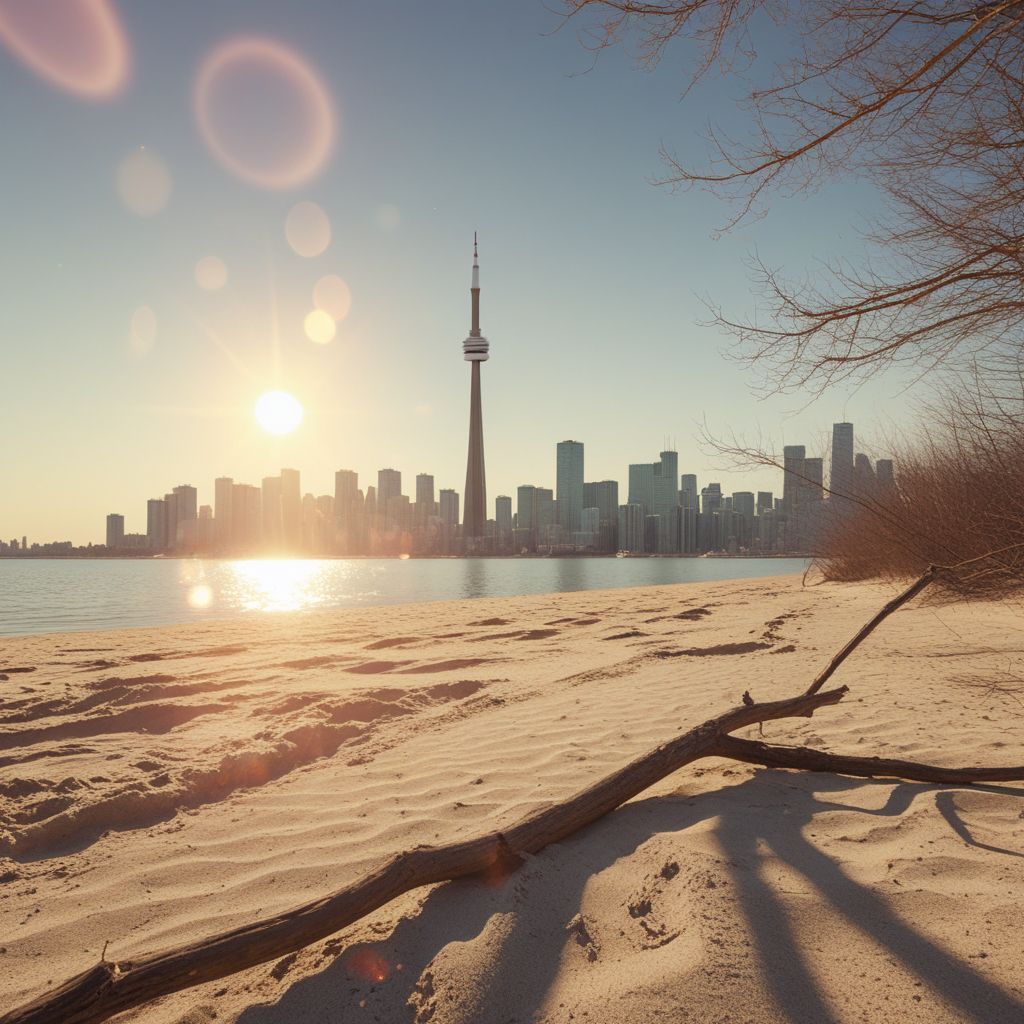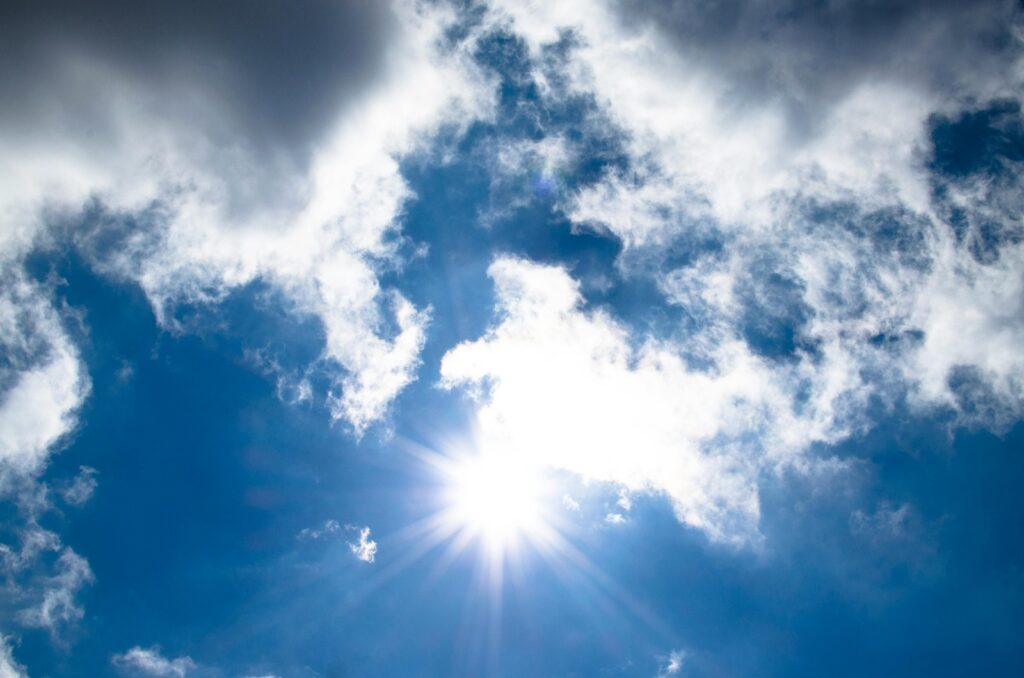Heat Wave Toronto – Is This the New Normal for Canada?


Toronto is sweltering — and it’s only June.
Toronto braces for a summer of elevated temperatures, with forecasts indicating a warmer-than-normal season. This includes the potential for significant heat waves, underscoring the growing impact of the climate crisis. The increasing frequency and intensity of these events highlight the urgent need for adaptation and long-term solutions.
⸻
What Is a Heat Wave and Why It’s Getting Worse
A heat wave is defined as consecutive days and nights of extreme heat. Projections suggest that by the 2050s, Toronto may experience four times more days exceeding 30°C. According to the World Health Organization, 78% of the global population already experiences extreme heat — a stark reminder of the climate emergency.
⸻

Impact of the June Toronto Heat Wave on Residents
This June, temperatures are forecasted to hit approximately 35°C. Vulnerable populations — including seniors, young children, and outdoor workers — are especially at risk. Those without access to air conditioning face increased danger from heat exhaustion and heatstroke, intensified by humidity.
⸻
City Response and Public Safety Measures
In response, Environment Canada has issued alerts urging people to check on vulnerable individuals. The City of Toronto has activated drop-in and respite centers to provide essential cooling. You can find the list of available cooling centers on the City of Toronto website.
⸻
Voices from the Community: How It’s Affecting Real People
The heat wave is affecting everyday life. Joy Xu, a student, reported nausea, headaches, and discomfort inside classrooms. This shows how unprepared many public spaces are.
Jeffrey Brook emphasized that air conditioning is only a short-term fix. He calls for green energy, nature-based solutions, and even outdoor classrooms to reconnect youth with nature and build climate resilience.
⸻

Call for Institutional Change
Health experts are urging institutions to play a more active role. Dr. Samantha Green called on the University of Toronto to open its air-conditioned spaces during heat events. While she applauds U of T’s fossil fuel divestment, she also stresses the need for increased urban green space as part of a comprehensive climate strategy.
⸻
Toronto’s Scorcher Is a Wake-Up Call
This June heat wave is a clear warning. Escalating temperatures, public health risks, and infrastructure strain all point to a deeper climate crisis. Immediate relief like cooling centers helps, but long-term resilience requires sustainable practices, green infrastructure, and policy reform.
⸻

FAQ: What to Do During a Toronto Heat Wave
Q: How can I stay safe during a heat wave in Toronto?
A: Stay hydrated, avoid alcohol and caffeine, and take regular water breaks.
Q: Where can I go to cool down if I don’t have air conditioning?
A: Visit air-conditioned public buildings like malls, libraries, and official cooling centers.
Q: What should I wear during a heat wave?
A: Wear loose-fitting, breathable, light-colored clothing.
Q: What hours should I avoid going outside?
A: Avoid outdoor activity between 10 a.m. and 4 p.m., the hottest hours.
Q: What are signs of heat illness?
A: Heat exhaustion includes heavy sweating, dizziness, and nausea. Heatstroke includes confusion, high body temp, and dry skin — seek emergency help immediately.



